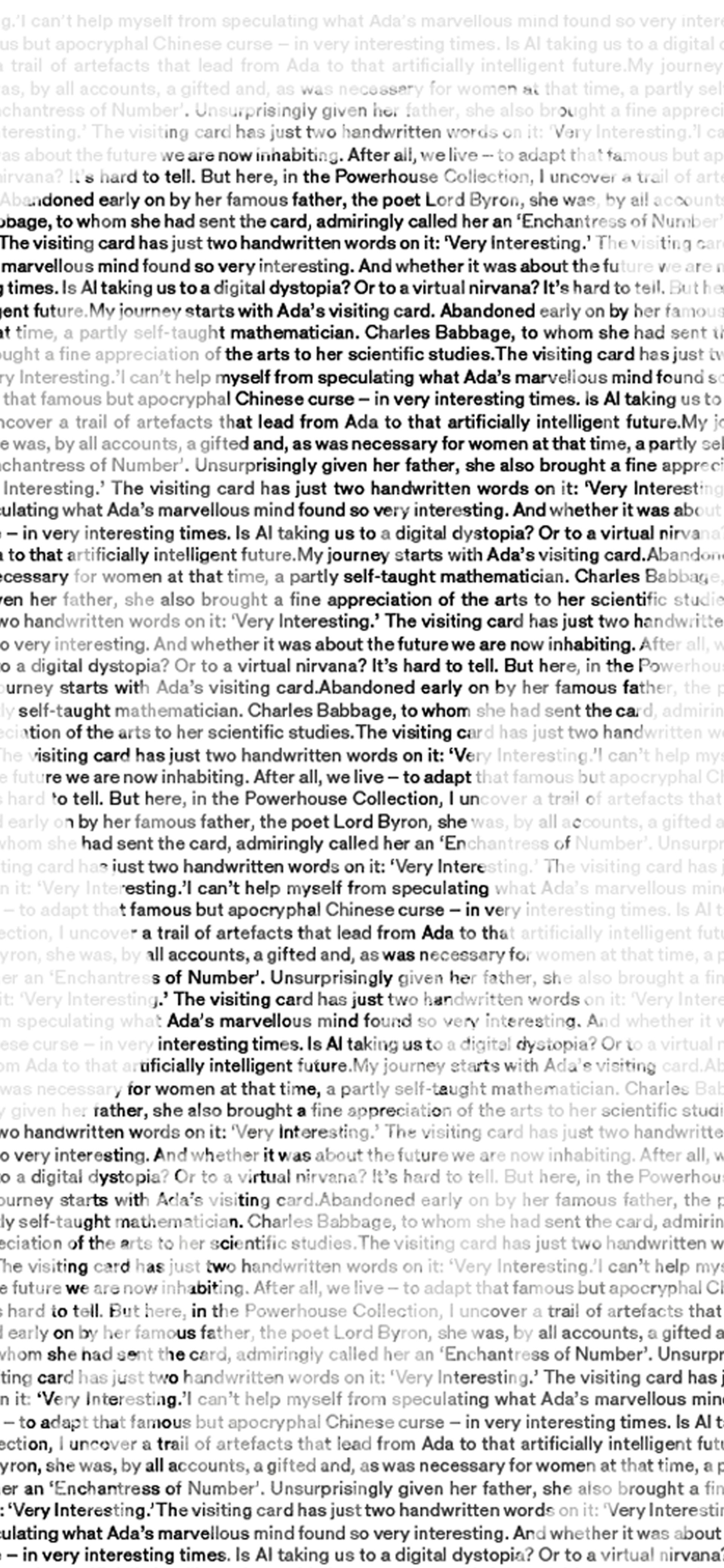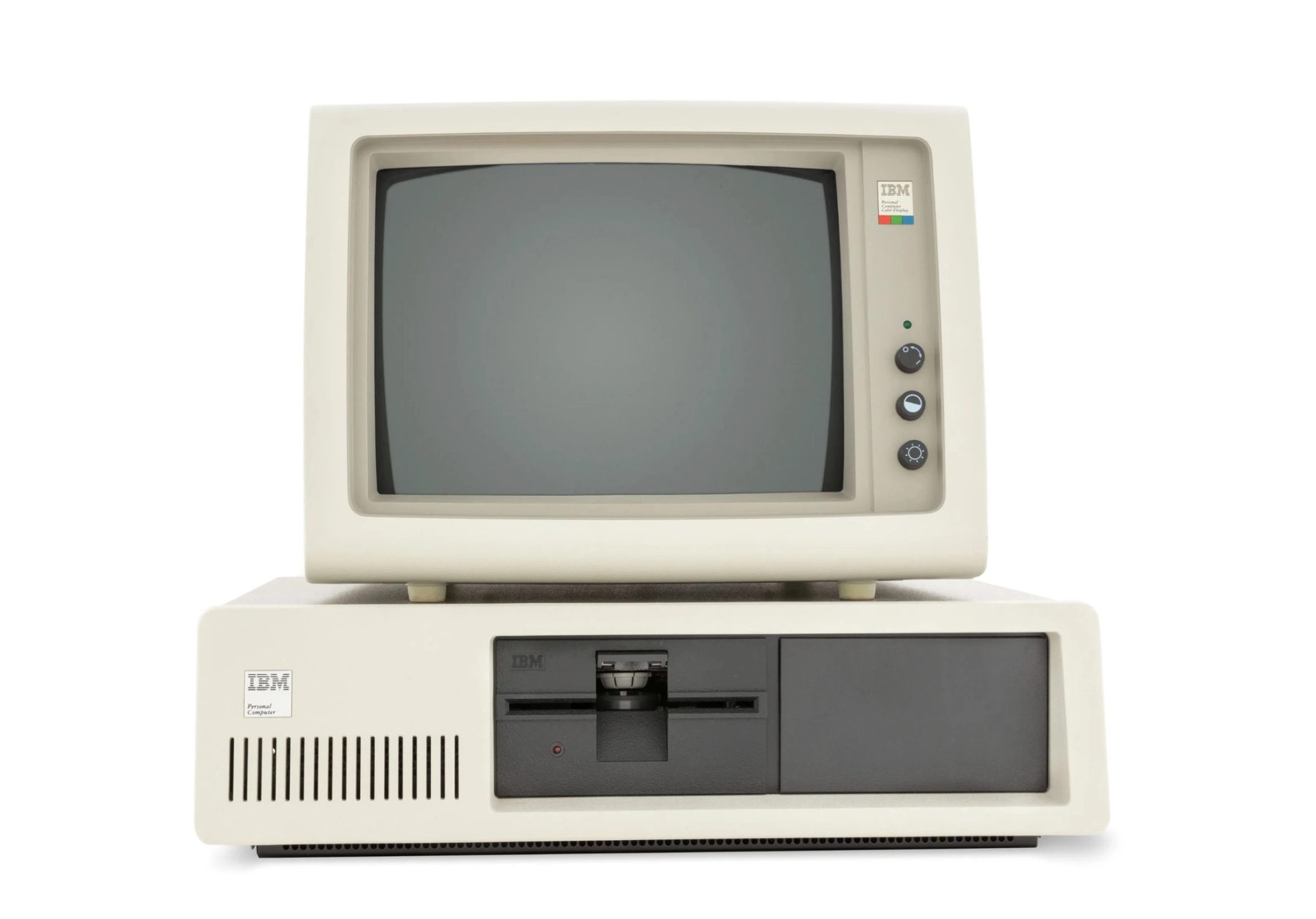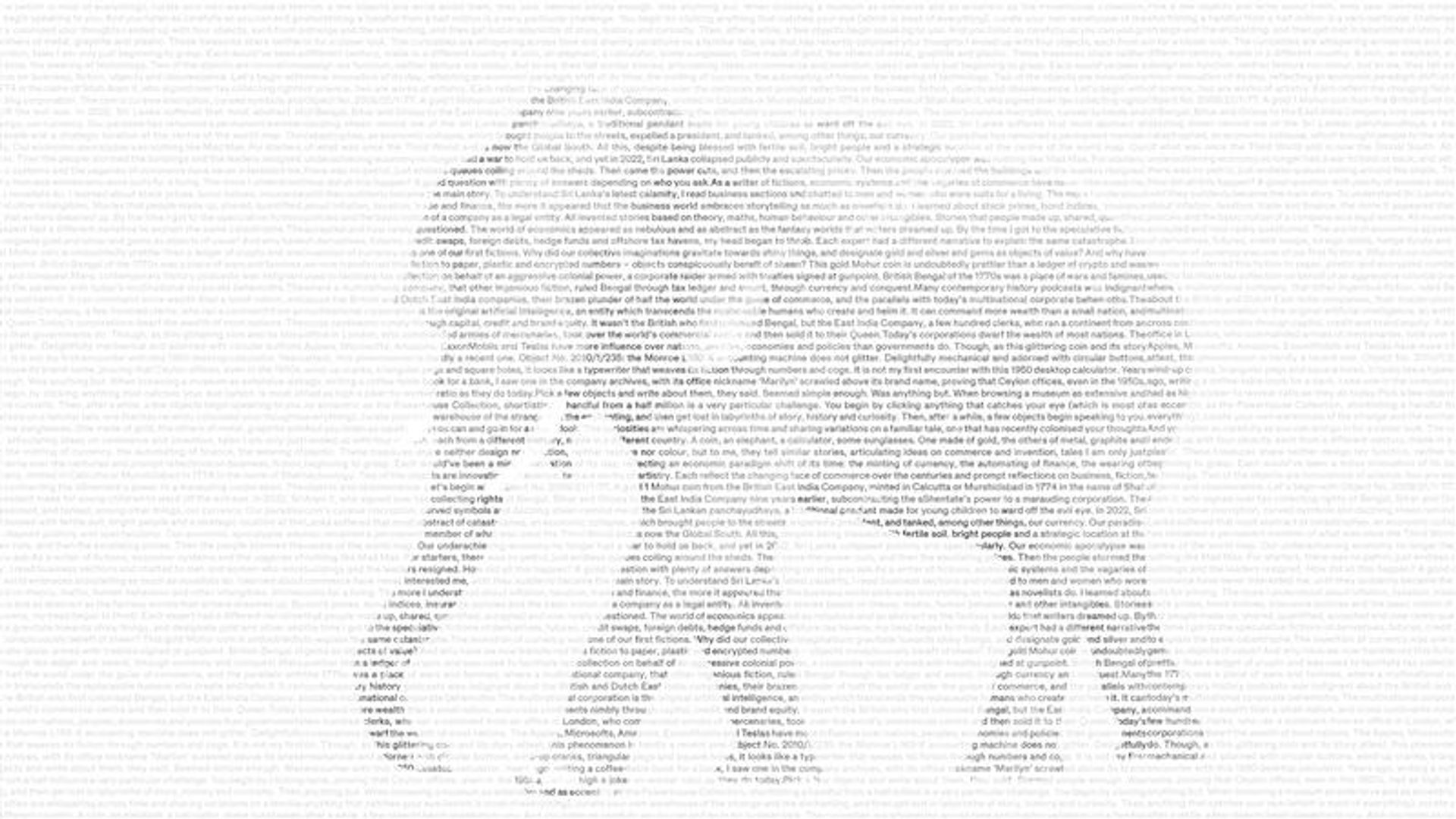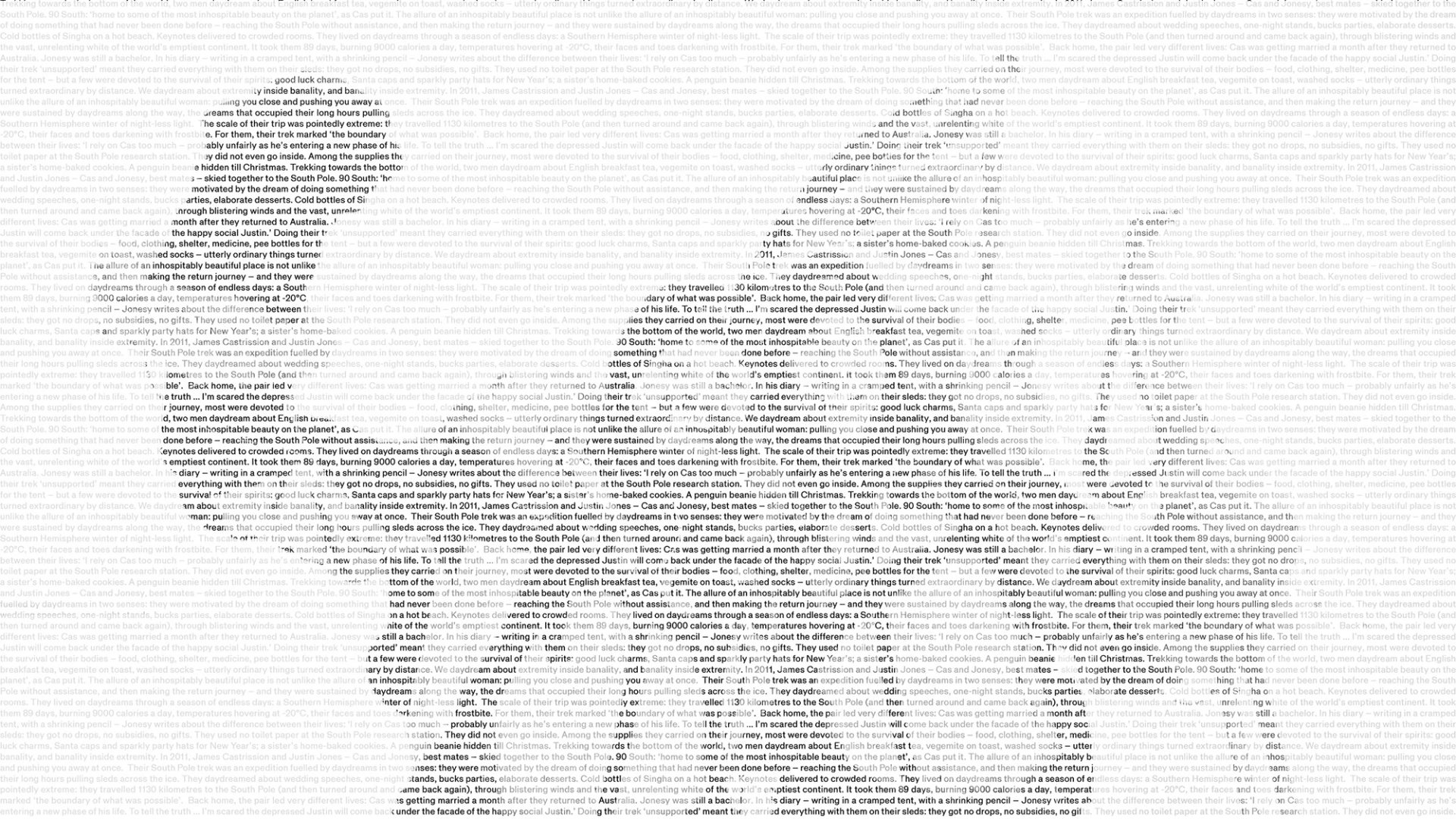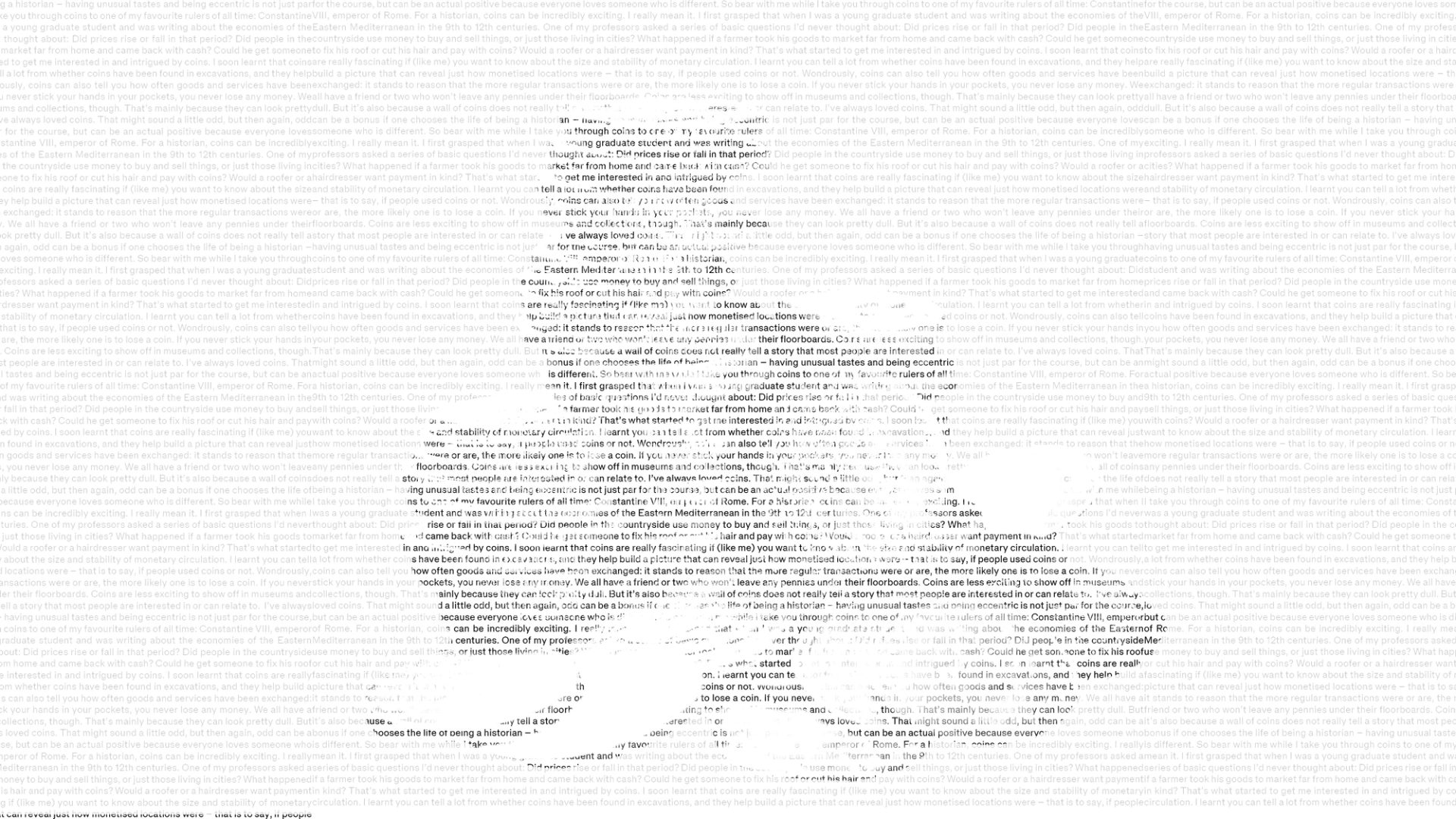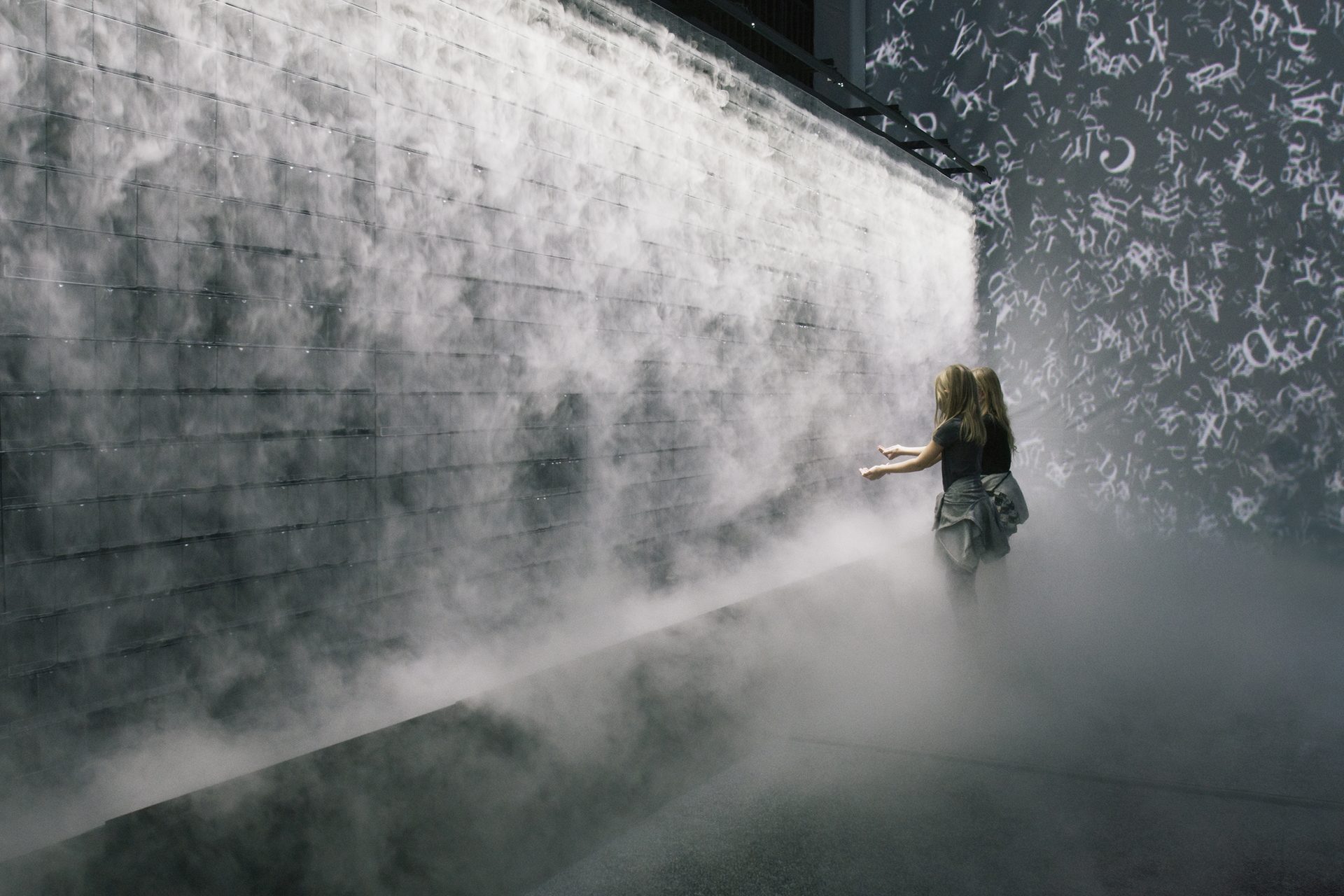The Universal Machine: Uncovering Ada’s Legacy

Toby Walsh, a global authority on AI, has been commissioned by Powerhouse Museum to write about objects in the Powerhouse Collection. In this work he uncovers the legacy of Ada Lovelace, the world's first computer programmer.
THE UNIVERSAL MACHINE: UNCOVERING ADA’S LEGACY
The visiting card has just two handwritten words on it: ‘Very Interesting’.
I can’t help myself from speculating what Ada’s marvellous mind found so very interesting. And whether it was about the future we are now inhabiting. After all, we live – to adapt that famous but apocryphal Chinese curse – in very interesting times.
Is AI taking us to a digital dystopia? Or to a virtual nirvana? It’s hard to tell. But here, in the Powerhouse Collection, I uncover a trail of artefacts that lead from Ada to that artificially intelligent future.
My journey starts with Ada’s visiting card.
Abandoned early on by her famous father, the poet Lord Byron, she was, by all accounts, a gifted and, as was necessary for women at that time, a partly self-taught mathematician. Charles Babbage, to whom she had sent the card, admiringly called her an ‘Enchantress of Number’. Unsurprisingly given her father, she also brought a fine appreciation of the arts to her scientific studies.
Ada’s visiting card came in an envelope. I open Google Street View and type the address on the envelope: 1 Dorset Street, Manchester Square. It is an elegant street in Marylebone, London. Unlike the fine Georgian properties either side, number one is now a modern six-storey apartment block. Perhaps a bomb dropped here in the Blitz? I zoom in. I spot a round green plaque on the wall of the building. It is a plaque put up by the St Marylebone Society. And it bears the engraving: ‘Charles Babbage (1791–1871). Mathematician and pioneer of the modern computer’.
Babbage inherited a large estate worth around $20 million in today’s money. This explained his fine address in a fashionable part of London. He also possessed a remarkable and inventive mind. Wikipedia informs me that from 1828 to 1839, Babbage was Lucasian Professor of Mathematics at Cambridge, a post held by arguably the greatest scientist ever, Isaac Newton, and more recently by Paul Dirac, James Lighthill and Stephen Hawking.
James Lighthill was a name I instantly recognised. He wrote a very damning report evaluating AI research back in 1974. Following this report, funding for AI research in the United Kingdom and elsewhere was significantly reduced, precipitating what is called the ‘AI winter’. Indeed, when I started studying AI at the University of Edinburgh in the 1980s, the impact of Lighthill’s report could still be felt. It contributed in part to my decision to leave the United Kingdom for the warmer and more hospitable shores of Sydney. That AI winter is now over, and we are surely in an AI summer. I mused on how history’s intricate web connected all of us together. There were just three degrees of separation: Ada Lovelace to Charles Babbage to James Lighthill to me.
But back to Babbage. He had the world-changing idea to build a computer. This was the steam age, so it was to be a mechanical steam-powered computer. The Difference Engine was his first attempt. But his ambitions grew and it became the even more ambitious Analytical Engine. Neither was to be fully realised despite generous funding from the British Government.
After Babbage’s death, six demonstration pieces were assembled by one of his sons, Henry, to show its potential. He used parts manufactured for the original Difference Engine. And to my surprise, one of these demonstration pieces is here in the Powerhouse Collection.
In fact, I soon discover this is no coincidence. Another of Babbage’s children, Benjamin Herschel, had emigrated to South Australia in 1851 where he was commissioned to undertake a geological and mineralogical survey. Numerous descendants of Babbage still live in Australia and New Zealand today, and many other relics from Babbage can be found here in private and public collections. Indeed, even the Australian continent records a connection. Mount Babbage in the northern Flinders Ranges was named after his surveyor son.
Ada fell into Babbage’s orbit in 1833. Ada was a precocious 17-year-old when she first met Babbage at a party. He was 24 years her senior and a widower. Theirs was a long, close and, by some accounts, romantic relationship. This was despite the fact Ada would marry William King two years later. King would become the Earl of Lovelace and Ada the Countess.
Ada fell in love with the idea of Babbage’s mechanical computer. She wrote a famous account of Babbage’s Analytical Engine. The text includes a set of instructions to compute Bernoulli numbers. This is widely considered to be the very first computer program. It contained the first loop where the computer repeats an operation. Loops are one of the unique features that give computers their power. If a computer can do something once, it can do it a thousand, or even a million times. This is why Ada is often called the first computer programmer.
‘We may say most aptly that the Analytical Engine weaves algebraic patterns just as the Jacquard-loom weaves flowers and leaves.’
The Analytical Engine was what we now call a universal machine. It is universal because it is a general-purpose computer. If you want it to do some new task, you simply load a new program. The Analytical Engine can, in theory, compute everything that even the fastest supercomputer today can do. It will, of course, just be a lot slower at doing so.
Babbage was driven to build a mechanical computer to compute tables of calculations concerning the tides, artillery and astronomy. But Ada had a much greater and much more ambitious vision. In 1843, she wrote prophetically about the Analytical Engine:
'It might act upon other things besides number ... Supposing, for instance, that the fundamental relations of pitched sounds in the science of harmony and of musical composition were susceptible of such expression and adaptations, the engine might compose elaborate and scientific pieces of music of any degree of complexity or extent … We may say most aptly that the Analytical Engine weaves algebraic patterns just as the Jacquard-loom weaves flowers and leaves.'
This is a remarkable piece of foresight. Babbage was motivated to reduce errors in those mathematical tables. Yet Ada somehow imagined a more magical future, one that was more than 100 years away. In this future, computers wouldn’t just manipulate tables of numbers but would process musical notes, images, words and many other forms of data. Our smartphone is such a remarkable device because it can record music, capture photographic images, play videos as well as occasionally compute tables of numbers. And every now and again it might actually make or receive phone calls. How, I wonder, did Ada have the imagination to see so far ahead?
That future arrived one-and-a-half centuries later with the arrival of the personal computer, represented in the Powerhouse Collection by the IBM PC-XT, and subsequently the smartphone, represented by the iPhone 4. I can’t help but smile at the memory of my first smartphone, coincidently an iPhone 4. These two devices, as much as anything, brought ubiquitous computing into our lives.
I resolve to uncover more about Ada. Using one of those computers that Ada imagined, I discover via openplaques.org she has her own plaque. It is a blue English Heritage plaque. Yes, it is only fitting it should be the most prestigious type of plaque.
I open Google Maps and check the address: 12 St James’s Square, Westminster, SW1. It is just two kilometres from Babbage’s house in Marylebone, and in even more fashionable Mayfair. On Google StreetView I spot a flag on the house next door at number 10. The flag announces Chatham House, the Royal Institute of International Affairs. It is a magnificent Grade 1-listed house that was previously the residence of three British prime ministers, including William Pitt the Elder and William Gladstone. The address reflects the high society in which Ada mixed.
Sadly, Ada died from cancer in 1852 at the age of just 36 – the same age her father Lord Byron died. She had lived an extraordinary and unconventional life. It is hard not to wonder what more she would have achieved if cancer had not taken her so young. Would she have focused Babbage’s ideas into a working mechanical computer? How would such an amazing device have supercharged Victorian Britain? And would AI have perhaps arrived much sooner into our lives?
In 1979, a team at Honeywell working under contract to the United States Department of Defense named the Ada programming language in her memory. Ada was introduced to bring order to chaos and reduce errors in the computer code controlling everything from payroll to weapon systems. The Department of Defense was using more than 450 different programming languages at that time.
More recently, in 2018, the Nuffield Foundation set up the Ada Lovelace Institute to ensure the benefits of data and AI are justly and equitably distributed, and that they enhance individual and social wellbeing.
I finish my journey remembering the intricate web connecting all of this. In particular, I remember the words Mark Twain wrote to Helen Keller in 1903:
'It takes a thousand men to invent a telegraph, or a steam engine, or a phonograph, or a photograph, or a telephone or any other important thing – and the last man gets the credit and we forget the others.'
Often, I reflect sadly, it’s a woman and not a man who has been forgotten. Let us remember then Ada and her very interesting ideas.
Writing Objects
Writing Objects is a new series of writing engaging with the Powerhouse Collection, opening it up to new audiences and communities. Writers from Australia and around the world share their response to objects.
Bringing scientific, historic and personal perspectives, these stories highlight the museum’s newly digitised collection of close to 500,000 objects and offer new ways to navigate the applied arts and sciences.
The Powerhouse digitisation project is one of the largest being undertaken internationally and will result in new levels of community access to the museum’s extraordinary collections for local, national and international audiences.
Author

Toby Walsh is one of the world’s leading researchers in artificial intelligence (AI). He is Professor of AI at the University of NSW and is an adjunct researcher at Data61, Australia’s Centre of Excellence for ICT Research. He has been elected a fellow of the Association for the Advancement of AI, and won the prestigious Humboldt Research Award and the Celestino Eureka Prize for Promoting Understanding of Science. He has previously held research positions in England, Scotland, France, Germany, Italy, Ireland and Sweden. He is the author of several books about AI, technology and science, including most recently, Faking It: Artificial Intelligence in a Human World (La Trobe University Press, 2023).










